Teach figurative language with these idioms worksheets that will introduce your students to many of the most commonly used idioms.
A Comprehensive Set of Idioms Worksheets
Looking for a fun and engaging way to teach idioms to your students? Our Interesting Idioms Worksheets Set is a comprehensive 5-worksheet resource designed to help students confidently understand and use idiomatic expressions. Each worksheet encourages hands-on learning, critical thinking and creativity through a variety of formats that cater to different learning styles. With answer keys included, this resource is easy to implement and perfect for literacy centres, group work, or independent practice.
The five idioms worksheets include:
- Definitions – Students write their own definitions for common idioms.
- Cut and Paste – Students match idioms to their meanings by cutting and gluing them together on a provided worksheet.
- Complete the Sentence – Students choose the correct idiom from a word bank to complete each sentence.
- Write and Explain – Students view a picture representing an idiom, identify it, and explain its meaning.
- Matching – Students draw lines to match each idiom with its definition.
This resource brings idioms to life and helps students deepen their understanding through multiple interactive activities!
Using Our Idioms Worksheet Set
This idioms worksheet set has many classroom uses. Here are a few ideas to get you started.
Maths Stations – Provide copies of these idioms worksheets in your maths stations, along with other supplies students will need, like scissors and glue. Students will enjoy the opportunity to choose among the five worksheets.
Partner Match-Up – Use the cut-and-paste or matching worksheet as an opportunity to get students moving! Cut the idioms and their matching definitions apart and give one to each student. Students must wander the room to find their matching partner.
Idiom Posters – Ask students to choose one of the idioms from this worksheet set and draw a picture of it. Students then present their drawing and ask their classmates to guess the idiom depicted.
Download This Idioms Matching Worksheet Set
We have created this idioms matching worksheet set in both PDF and editable Google Slides formats. To download it, just click the drop-down arrow on the download button and choose the file type you prefer.
This resource was created by Samantha Rose, a teacher and a Teach Starter collaborator.
Additional Idioms and Proverbs Worksheets and Activities
If you are looking for more idioms and proverbs worksheets and activities, you have come to the right place. Check out the resources below!
[resource:61137] [resource:5242] [resource:4681046]
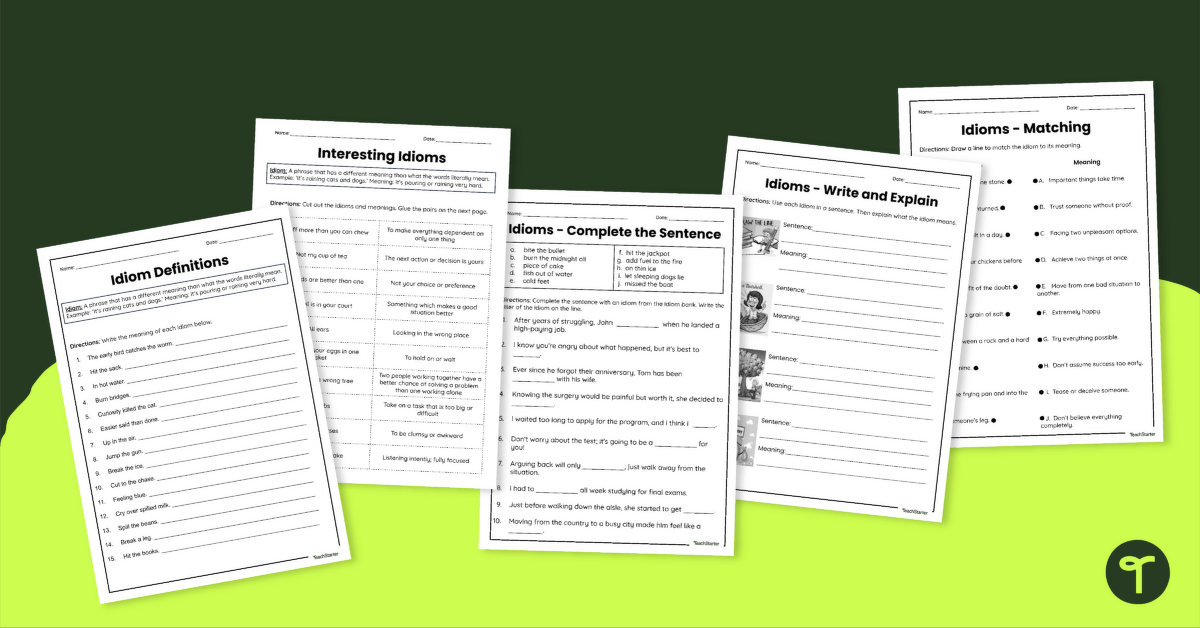

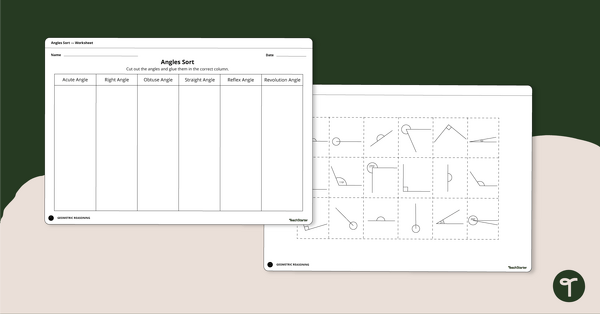
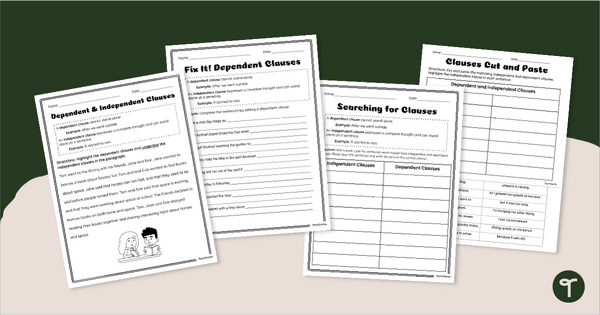
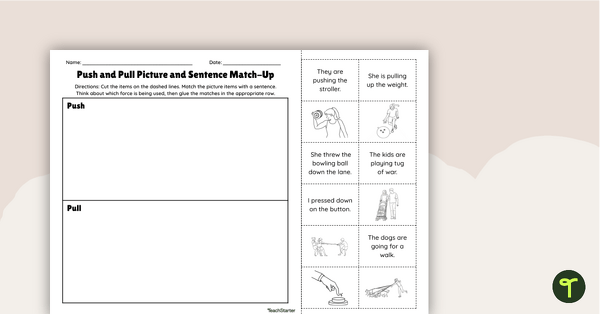
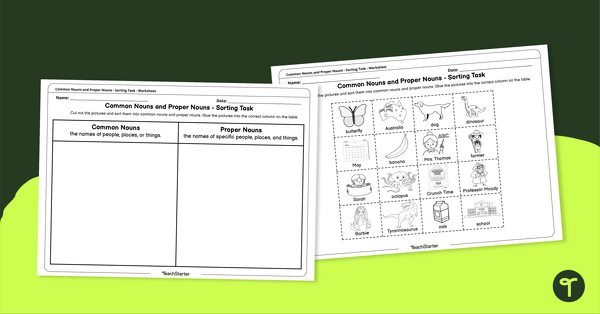
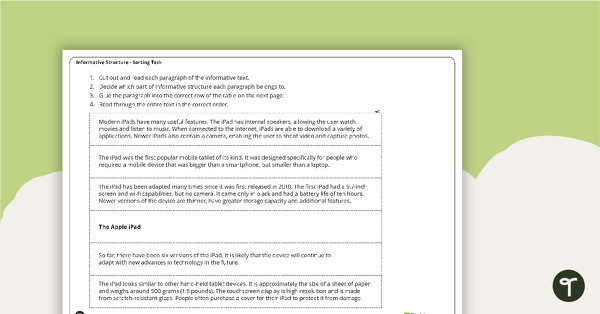
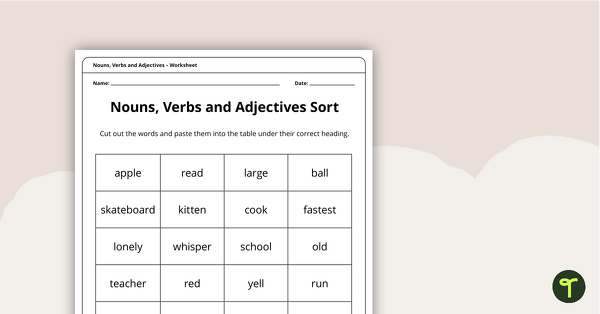
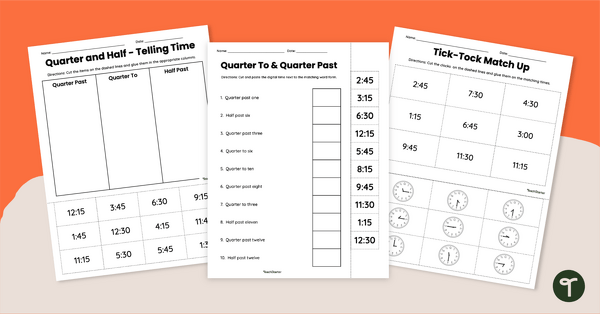
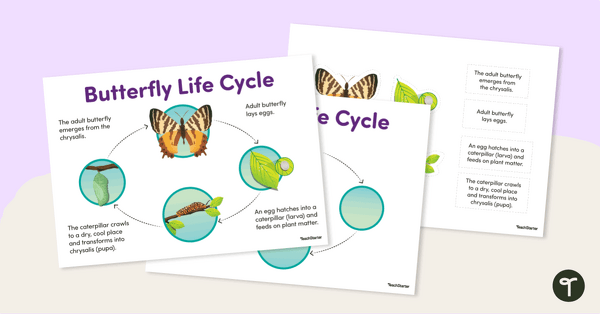
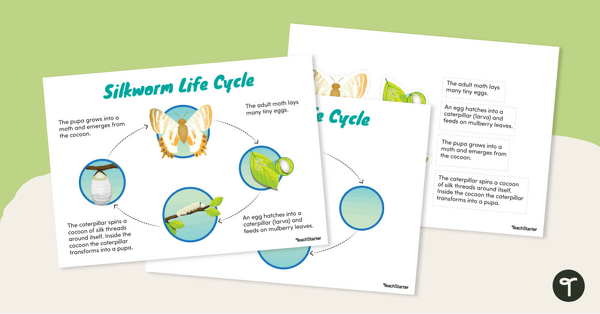
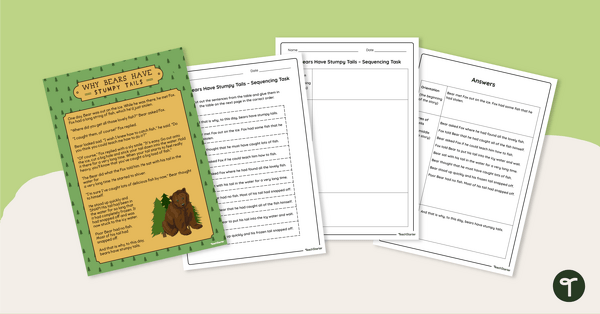
0 Comments
Write a review to help other teachers and parents like yourself. If you'd like to request a change to this resource, or report an error, select the corresponding tab above.